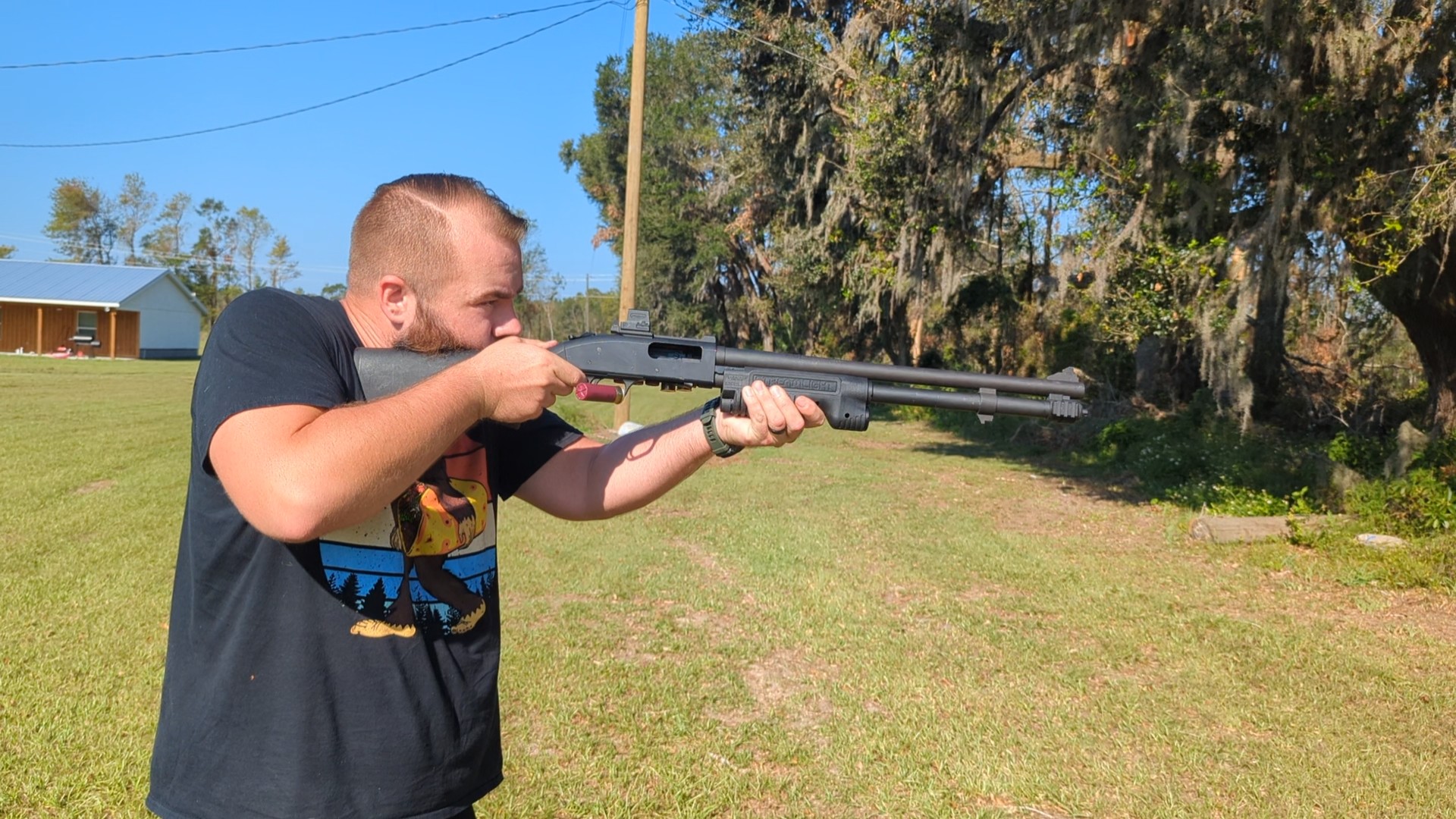It’s no secret that I love shotguns. They are my favorite weapons and offer a powerful, versatile option. They excel at what we consider pistol ranges, and if you want to put a threat down with a single shot, a shotgun is your best go-to. Shotguns are close-range weapons, but slugs can extend that range and deliver one solid projectile on target. Most people load buckshot, but when they meet a slug problem, they are likely to swap buckshot for slugs using a slug select drill.
A slug select drill allows you to swap to that long-range target taker quickly and efficiently. There is an argument that it’s one of those skills we train for extremely niche situations. I’ve even people ask to be shown any documented evidence of a slug select drill ever being required. Up until a few days ago, I would have nothing to show, but I recently watched a video from a body cam from the LASD. They were responding to an active shooter, and the deputy rolled out with a Remington 870.
His side saddle carried slugs, and he very slowly did a slug select drill where he seemed to potentially empty more than the rounds necessary and take a lot of time to get the slug into play. With that in mind, what’s the actual procedure of a slug select drill, and why would anyone ever use one?
Advertisement — Continue Reading Below
The Why Behind Slug Select Drills
The first and most obvious answer is range. Slugs enhance a shotgun’s range out to about 100 yards with a smooth bore, bead-sighted shotgun. That’s a good bit more than the 50-yard or so range we get with buckshot. Other than range, we get greater accountability. Buckshot spreads as it travels and at longer ranges, that’s eight to nine pellets spreadly rapidly, and they are liable to go a foot in either direction of the target at 50 yards. A slug increases accountability.
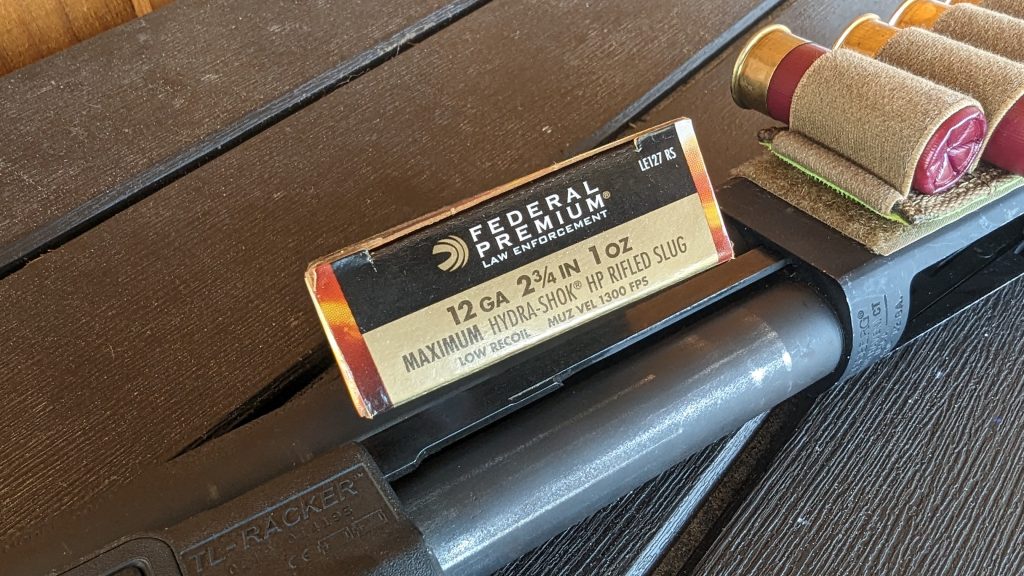
Slugs also penetrate very deeply and decisively. This makes them handy for large and dangerous game. If you run into an angry bear or upset elk, then a slug is a great choice for a decisive put-down. While dangerous game is an issue, so are engine blocks for police forces. A proper 12-gauge slug can chew through one. That’s a valuable trait of slugs in the world of intermediate-caliber rifles.
Advertisement — Continue Reading Below
That same punching-through power can deal with barriers without the slug diverting too badly. Glass windows, doors, and the like are butter, and a slug is a hot knife. Slug select drills to make it easy to get a solid ounce or so or lead in your gun and on target quickly and efficiently.
The Universal Slug Select Drill
There are lots of great instructors out there to teach you this drill, and you should seek out a qualified shotgun instructor to really learn the best way to do a slug-select drill for your gun. However, there is a fairly basic way to do a slug select with most shotguns.
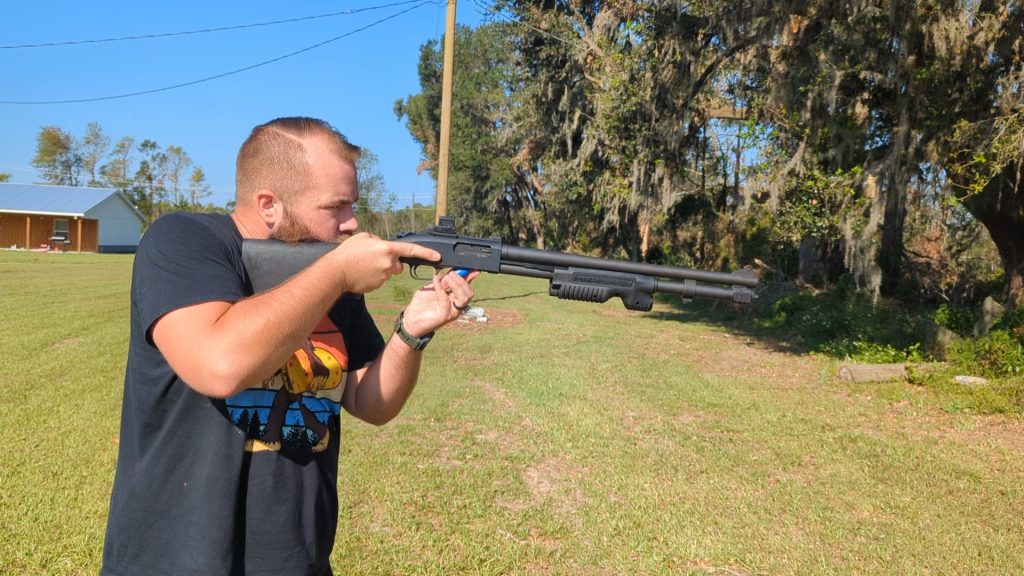
Advertisement — Continue Reading Below
Assume the gun is cruiser loaded with a full magazine tube. Rack a round of buckshot into the chamber. Thread a slug into the tube. Rack the gun again, ejecting your buckshot and now loading the slug. That’s it. You now have a slug on tap. You can load a second slug into the tube just in case you need two.
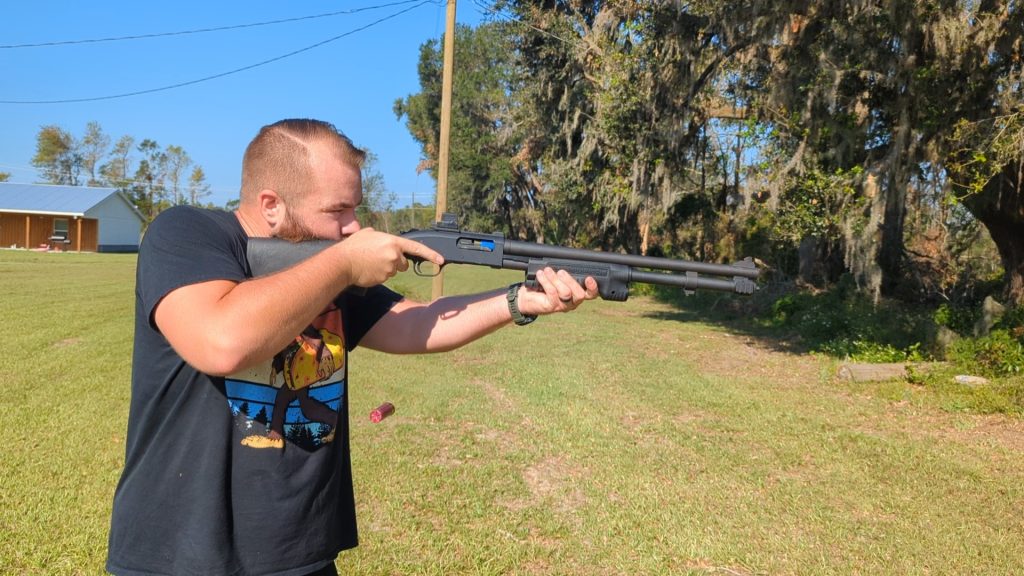
Beretta and Benelli options
Beretta, Benelli, and many foreign semi-auto shotguns have a shell release button. You can manually trip the button and have to load a round from the tube to the chamber. When you fire the weapon, this will also release a round onto the shell lifter. The good news is for a slug select drill on a Benelli or Beretta semi-auto, the shooter simply needs to pull the charging handle rearward.
Advertisement — Continue Reading Below
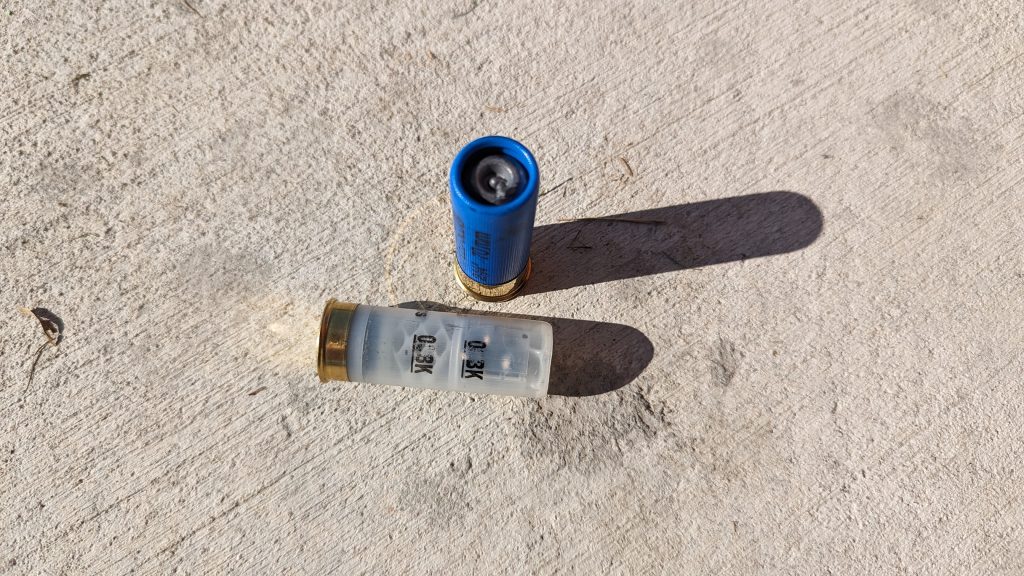
This ejects the live round and allows the shooter to directly load a slug into the chamber of the gun and fire it. It’s quite nice and very easy to do. Benelli’s SuperNova even has a magazine cut-off button in the pump, which makes slug-select drills really easy with a pump gun.
Slug Select Drills
Advertisement — Continue Reading Below
Like everything, you have to practice and become proficient. It takes some serious practice to become quick and proficient at the task, but it’s worth working at if you want to master the shotgun. Sometimes, you just have to slug it out.
